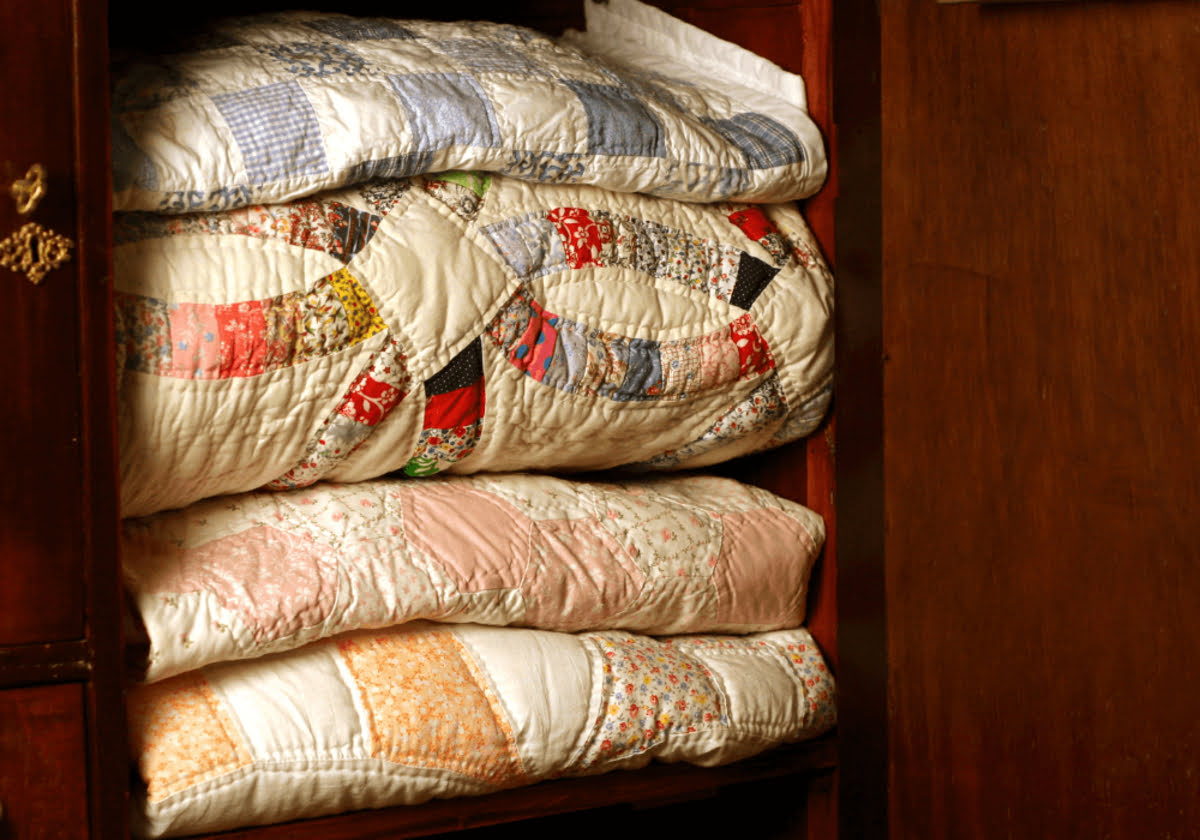

Articles
How To Store Antique Quilts
Modified: February 24, 2024
Learn the best practices for storing antique quilts to preserve their beauty and longevity. Get expert tips and advice in our informative articles on proper quilt storage.
(Many of the links in this article redirect to a specific reviewed product. Your purchase of these products through affiliate links helps to generate commission for Storables.com, at no extra cost. Learn more)
Introduction
An antique quilt is not just a piece of fabric, but a valuable piece of history. Whether you’ve inherited a cherished family heirloom or have stumbled upon a stunning find at an antique store, proper storage is essential to preserve the beauty and integrity of these valuable textiles. In this article, we will guide you through the steps of storing antique quilts to ensure their longevity and protection.
Antique quilts are delicate and sensitive to environmental factors such as sunlight, moisture, and pests. By implementing the right storage techniques, you can safeguard these historical treasures for future generations to admire and enjoy. Let’s delve into the details of how to store antique quilts effectively.
Note: Before proceeding with any storage methods, it is crucial to consult a professional textile conservator who can assess the condition of your antique quilt and provide specific recommendations based on its unique characteristics.
Key Takeaways:
- Preserve the legacy of antique quilts by storing them in clean, dark, and moisture-free areas, using acid-free materials, and implementing proper cleaning and folding techniques to ensure their longevity and beauty.
- Safeguard antique quilts from pests, sunlight, and moisture, and display them with care to protect their historical significance and ensure their preservation for future generations to cherish.
Read more: How To Clean An Antique Quilt
Choosing the Right Storage Area
When it comes to storing antique quilts, the first step is selecting an appropriate storage area. Ideally, you should choose a space that is clean, dry, and free from extreme temperature fluctuations. Here are some key factors to consider:
- Avoid Direct Sunlight: Sunlight can cause fading and damage to the fabric over time. Choose a storage area away from windows or use UV-filtering window coverings to block harmful rays.
- Control Humidity: Humidity levels should ideally be between 45% to 55% to prevent mold growth. Avoid spaces that are prone to dampness, such as basements or attics.
- Avoid Temperature Extremes: Fluctuating temperatures can cause the fabric to expand and contract, leading to damage. Select a storage area with a consistent temperature, ideally between 65°F to 75°F.
- Keep Away from Holes or Leaks: Ensure that the storage area is free from any holes or leaks that could allow moisture or pests to enter.
- Choose a Clean Area: Dust and dirt can accumulate on quilts, causing discoloration and attracting pests. Ensure that the storage area is clean and free from debris.
By considering these factors when choosing a storage area, you can minimize the risk of damage and prolong the lifespan of your antique quilts.
Cleaning Antique Quilts
Before storing antique quilts, it is important to ensure that they are properly cleaned. However, cleaning antique textiles requires careful consideration to avoid causing damage. Here are some tips for safely cleaning your antique quilts:
- Assess the Condition: Before cleaning, carefully inspect the quilt for any weak or damaged areas. If the quilt is fragile or in poor condition, it may be best to consult a professional textile conservator for advice.
- Dry Cleaning: In some cases, dry cleaning can be a safe option. Look for a professional dry cleaner with experience in handling delicate textiles and inform them that you have an antique quilt that needs special care.
- Spot Cleaning: If there are small stains or spots on the quilt, you can try spot cleaning with a mild detergent specifically designed for delicate fabrics. Test the detergent on a small, inconspicuous area first, and use a soft cloth to gently dab at the stain.
- Never Use Bleach: Avoid using bleach or any harsh cleaning agents on antique quilts, as they can cause irreversible damage to the fabric.
- Avoid Submerging: Do not immerse the quilt in water, as it can weaken the fabric and cause colors to bleed.
- Consult a Professional: If you are unsure about how to clean your antique quilt, it is always best to seek advice from a professional textile conservator. They can provide guidance based on the specific needs of your quilt.
Remember, when cleaning antique quilts, it is essential to handle them with care and use gentle cleaning methods to preserve their integrity and value. Once your quilt is clean and dry, you can proceed with the proper storage techniques to ensure its long-term protection.
Proper Folding Techniques
When it comes to storing antique quilts, proper folding is crucial to prevent creasing, stress on the fabric, and long-term damage. Here are some guidelines for folding antique quilts:
- Start with a Clean Surface: Before folding the quilt, make sure your hands are clean and free from any lotions, oils, or dirt that could transfer onto the fabric.
- Use a Soft Barrier: Lay a clean, white cotton sheet or acid-free, unbuffered tissue paper on your folding surface to act as a protective barrier between the quilt and any potential contaminants.
- Handle with Care: Avoid pulling or tugging on the quilt while folding, as this can strain and damage the fabric. Use gentle movements and support the weight of the quilt to prevent any unnecessary stress.
- Avoid Sharp Folds: Sharp folds can cause creases and permanent damage to the quilt over time. Instead, make soft, rounded folds to distribute the stress more evenly.
- Rotate Folds: To prevent creasing in the same areas, rotate the folds each time you fold the quilt. This will help distribute any stress more evenly across the fabric.
- Do Not Overfold: Avoid folding the quilt too tightly or excessively, as this can lead to unnecessary pressure on the fabric. Aim for a natural, relaxed fold.
- Pad the Folds: If the quilt is particularly fragile or has delicate embellishments, consider padding the folds with acid-free tissue paper or a layer of quilt batting. This will provide extra cushioning and protection.
- Store Folded Quilt Horizontally: Once folded, store the quilt horizontally in a suitable storage container or box, making sure to support the weight evenly.
Following proper folding techniques will help minimize stress on the quilt and preserve its condition during storage. Remember to always handle antique quilts with clean hands and take your time to fold them carefully to ensure their longevity.
Acid-Free Paper and Textiles
When it comes to storing antique quilts, using acid-free paper and textiles is essential to protect the fabric from degradation and discoloration. Acidic materials can cause the fibers in the quilt to break down over time, leading to deterioration and irreversible damage. Here are some important points to consider:
- Choose Acid-Free Paper: Acid-free tissue paper is an excellent choice for wrapping and padding quilts. It is made from pH-neutral materials, ensuring that it won’t transfer any harmful acidity to the fabric.
- Avoid Regular Printing Paper: Regular printing paper is often acidic and can damage the fibers of the quilt. It is important to use acid-free alternatives specifically designed for long-term storage.
- Use Acid-Free Textiles: Acid-free textiles, such as unbleached muslin or cotton, can be used as additional layers to cushion and protect the quilt during storage. These materials do not contain harmful acids that can deteriorate the fabric.
- Avoid Colored or Patterned Materials: When choosing acid-free textiles, opt for plain, unbleached versions. Colored or patterned fabrics can potentially transfer dyes onto the quilt, leading to staining or discoloration.
- Wrap and Pad Carefully: When wrapping the quilt in acid-free tissue paper or textiles, ensure that each fold is gently padded to provide extra protection and prevent excessive pressure on the fabric.
- Replace as Needed: Over time, acid-free materials may become acidic themselves. To ensure the ongoing protection of your antique quilt, periodically check the condition of the acid-free paper and textiles used and replace them if necessary.
By using acid-free paper and textiles, you can help maintain the integrity and longevity of your antique quilts while minimizing the risk of deterioration caused by acidic materials.
Store antique quilts in a cool, dry, and well-ventilated area away from direct sunlight. Avoid folding them to prevent creases and instead roll them in acid-free tissue paper. Keep them away from potential pests and periodically refold them to prevent permanent creases.
Read more: How To Store Antique Furniture
Storing Antique Quilts in Boxes or Containers
Choosing the right container or box is crucial when it comes to storing antique quilts. The goal is to provide a safe and protective environment that minimizes exposure to light, pests, and fluctuations in temperature and humidity. Here are some important considerations for storing antique quilts in boxes or containers:
- Choose Acid-Free and Archival-Quality Containers: Select containers that are specifically designed for long-term storage of textiles. Look for acid-free and archival-quality boxes made from materials that will not degrade or harm the quilt over time.
- Size and Shape: The container should be large enough to comfortably accommodate the folded quilt without excessive compression or the need for sharp bends. Avoid boxes that are too tight or cramped, as this can cause stress and damage to the fabric.
- Avoid Plastic Containers: While plastic containers may seem convenient, they can trap moisture and potentially lead to mold or mildew growth. Opt for breathable containers made from materials such as acid-free cardboard or textile boxes.
- Label the Box: Clearly label the box with the contents and any relevant information about the quilt, such as its age, origin, or significant details. This will make it easier for future reference without needing to open the box unnecessarily.
- Store in a Dry and Dark Area: Find a storage area that is cool, dry, and away from direct sunlight or moisture sources. Attics and basements are generally not suitable due to the potential for temperature and humidity fluctuations.
- Avoid Piling Heavy Items on Top: Do not stack heavy items or place weight on top of the box containing the quilt. This can cause unnecessary pressure and potentially damage the fabric.
- Check Regularly: Periodically inspect the quilt and the storage box to ensure there are no signs of pests or moisture. If any issues are detected, address them promptly to prevent further damage.
By following these guidelines, you can store antique quilts in boxes or containers that provide optimal protection and preservation, ensuring that they are safeguarded for years to come.
Avoiding Sunlight and Moisture
Exposure to sunlight and moisture can be detrimental to the condition and longevity of antique quilts. Ultraviolet (UV) rays from the sun can cause fading and discoloration, while moisture can lead to mold, mildew, and fabric deterioration. Here are some important tips to avoid sunlight and moisture when storing antique quilts:
- Store in a Dark Area: Choose a storage location away from windows or any sources of direct sunlight. Even indirect sunlight can cause damage over time. Opt for a dark and shaded area instead.
- Use UV-Filtering Window Coverings: If it is not possible to store the quilts in a windowless area, consider using UV-filtering window coverings such as blinds or curtains. These will help block harmful UV rays from entering the storage space.
- Control Humidity Levels: High humidity can promote mold growth and attract pests. Use dehumidifiers or humidity control products to maintain a stable humidity level between 45% to 55% in the storage area.
- Address Leaks and Moisture Sources: Ensure that the storage area is free from leaks, water sources, or excessive moisture. Fix any leaks or address potential sources of moisture to prevent damage to the quilts.
- Avoid Damp Spaces: Basements, attics, or areas prone to dampness should be avoided as storage locations. These environments can retain high levels of moisture which can accelerate fabric degradation.
- Use Desiccants: To further protect against moisture, consider including desiccant packets or silica gel inside the storage containers. These will help absorb excess moisture and maintain a dry environment.
- Avoid Plastic Covers: Plastic covers can trap moisture and lead to condensation, causing mold and mildew growth. Instead, use breathable covers, such as cotton or acid-free textile, to allow air circulation.
By implementing these practices, you can reduce the risk of sun damage and moisture-related issues, ensuring that your antique quilts remain in optimal condition for generations to come.
Monitoring and Preventing Pest Infestation
Pests, such as insects and rodents, can cause irreparable damage to antique quilts. They can chew through fabric, leave behind stains and droppings, and introduce moisture and mold. To safeguard your quilts, it is important to monitor and prevent pest infestations. Here are some effective strategies:
- Regularly Inspect: Conduct routine inspections of your stored quilts to check for any signs of pests. Look for visible insects, small holes, or webbing in the fabric.
- Seal Entry Points: Ensure that the storage area is properly sealed to prevent pests from entering. Seal cracks, gaps, and any potential entry points that insects or rodents might use to access the quilts.
- Avoid Food Proximity: Keep food sources away from the storage area, as they can attract pests. Store quilts separately from food items to minimize the risk of infestation.
- Consider Pest Repellents: Natural pest repellents, such as cedar chips, lavender sachets, or bay leaves, can help deter insects. Place these repellents in the storage area or near the quilt containers.
- Use Pest Control Products: If you suspect an infestation or have had previous pest issues, consider using pest control products specifically designed for textiles. Always follow the instructions and use them in a safe and controlled manner.
- Properly Clean and Store: Ensure that the quilts are thoroughly cleaned before storing them, as food stains or residue can attract pests. Use appropriate cleaning methods to remove any potential attractants.
- Periodically Air Out the Quilts: To deter pests and refresh the quilts, briefly air them out in a clean and controlled environment. Be cautious not to expose them to direct sunlight or extreme temperature and humidity fluctuations.
- Monitor other Stored Items: Pests can transfer from one item to another. Regularly inspect other items stored near the quilts to ensure they are not harboring pests.
By implementing these monitoring and prevention measures, you can significantly reduce the risk of pest infestations and protect your antique quilts from damage.
Displaying Antique Quilts Safely
Displaying antique quilts allows you to showcase their beauty and historical significance. However, it is important to handle and present them with care to ensure their preservation. Here are some tips for safely displaying antique quilts:
- Choose a Suitable Display Location: Select a display area away from direct sunlight, high humidity, and potential sources of damage. Avoid areas prone to temperature fluctuations or where the quilts may be at risk of being jostled or bumped.
- Use Proper Display Techniques: Use a gentle and supportive method of hanging or displaying quilts. Avoid using pins, nails, or other sharp objects that can create stress points or damage the fabric. Consider using acid-free hanging materials or textile-friendly clips to securely display the quilts.
- Rotate the Display: To prevent excessive exposure to light and stress on the fabric, periodically rotate the displayed quilts. This will also ensure that different quilts are enjoyed and protected over time.
- Use Protective Barriers: Consider using a layer of acid-free, unbuffered tissue paper or a textile overlay to provide a protective barrier between the quilt and any display surface or backing material. This will help prevent direct contact and potential damage.
- Limit Touching and Handling: Minimize handling of the quilt, especially by visitors or individuals with unwashed hands. The natural oils, dirt, and moisture from hands can transfer onto the fabric and cause damage over time.
- Control Light Exposure: Use UV-filtering glass or acrylic for display cases or frames to protect the quilts from harmful UV rays. If possible, utilize low-intensity lighting to further reduce light exposure.
- Monitor for Signs of Damage: Regularly check the displayed quilts for any signs of damage, such as loose threads, tears, or insects. Address any issues promptly to prevent further deterioration.
- Document and Label: Keep a detailed record of each displayed quilt, including its origin, historical information, and any special anecdotes. Properly label the display to provide context and enhance appreciation.
By following these guidelines, you can create a safe and visually appealing display for your antique quilts while ensuring their long-term preservation and enjoyment.
Read more: How To Store Antique Books
Conclusion
Properly storing and preserving antique quilts is essential to protect these valuable pieces of history and ensure their longevity. By following the guidelines outlined in this article, you can take the necessary steps to safeguard your antique quilts and maintain their beauty for future generations to cherish.
From choosing the right storage area and using acid-free materials to proper cleaning and folding techniques, each aspect plays a vital role in preserving the integrity of the quilts. Avoiding sunlight and moisture, monitoring for pests, and safely displaying the quilts are also important factors to consider.
Remember to handle the quilts with care, use gentle cleaning methods, and consult professionals if needed. Investing time and effort into the proper storage and preservation of antique quilts will ensure that they remain in excellent condition and continue to be treasured heirlooms for years to come.
By implementing these strategies, you can not only protect the valuable antique quilts in your possession but also contribute to the preservation of textile history. Let’s cherish and safeguard these beautiful creations, allowing their stories to be passed down through generations.
Frequently Asked Questions about How To Store Antique Quilts
Was this page helpful?
At Storables.com, we guarantee accurate and reliable information. Our content, validated by Expert Board Contributors, is crafted following stringent Editorial Policies. We're committed to providing you with well-researched, expert-backed insights for all your informational needs.
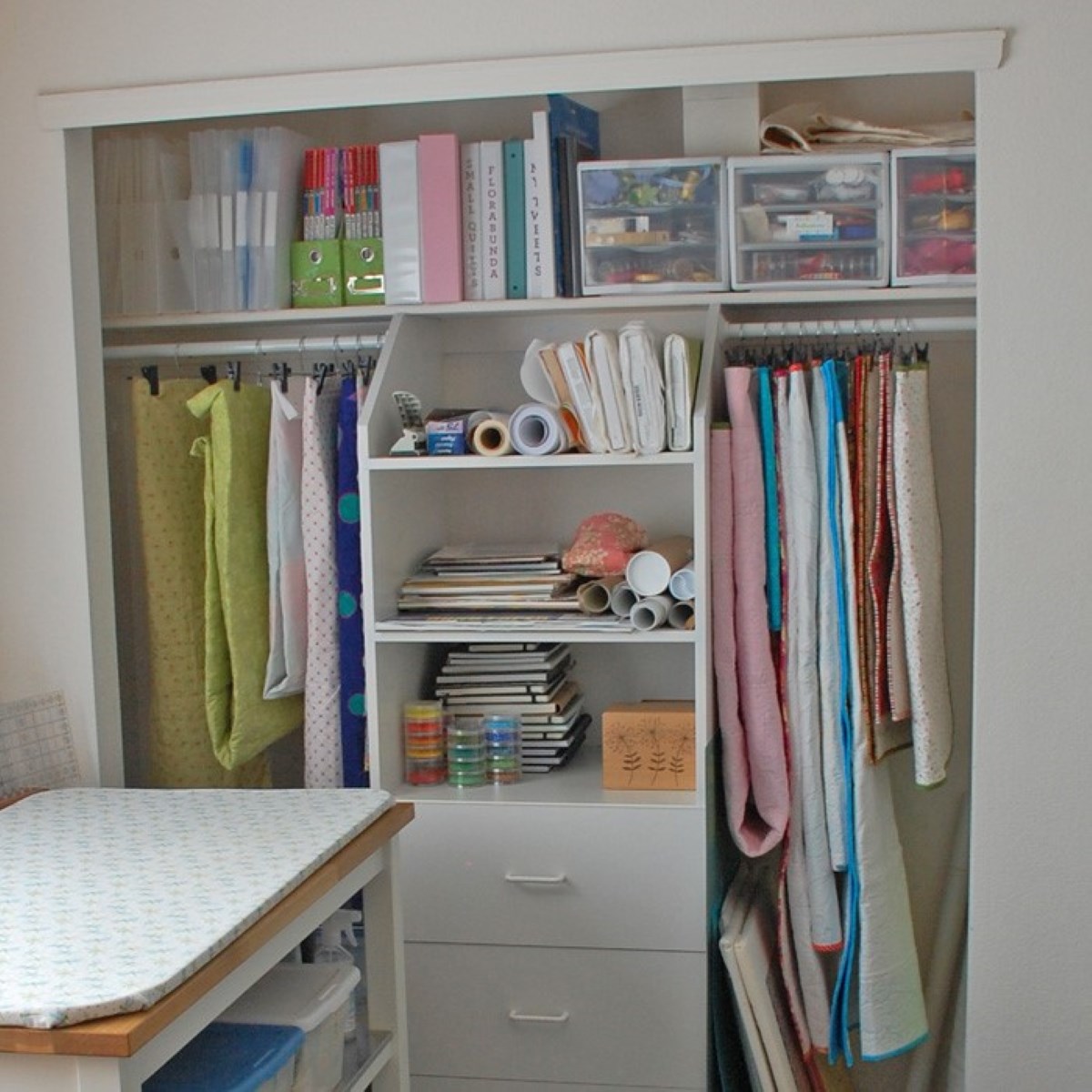
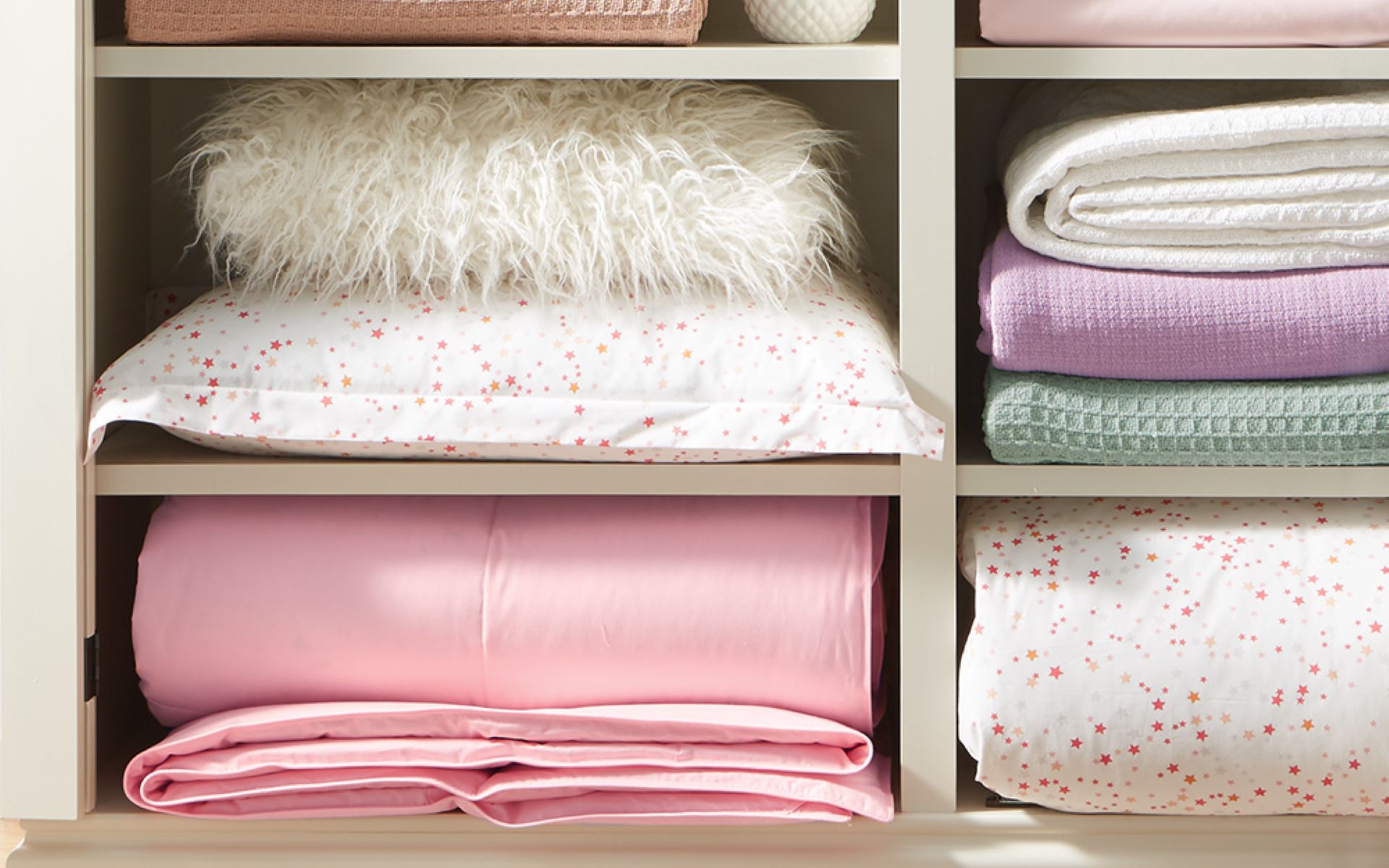
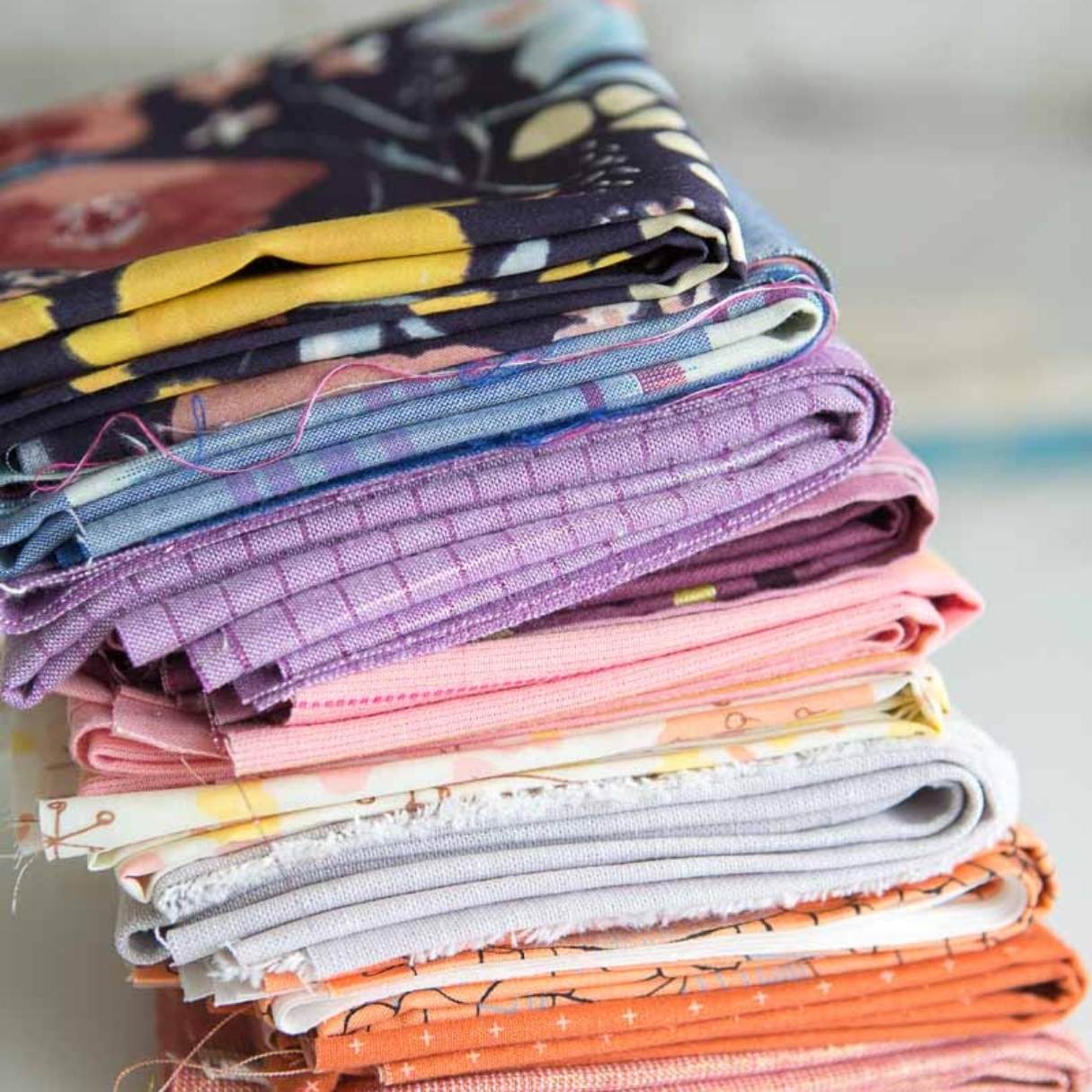
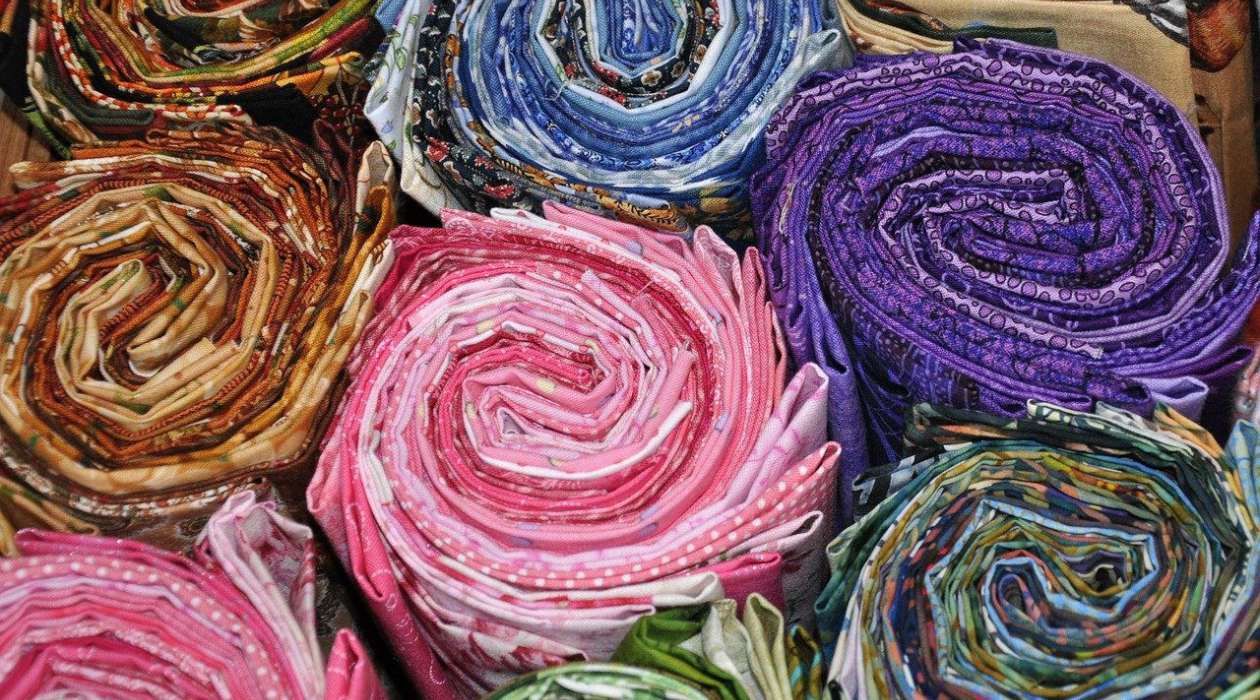
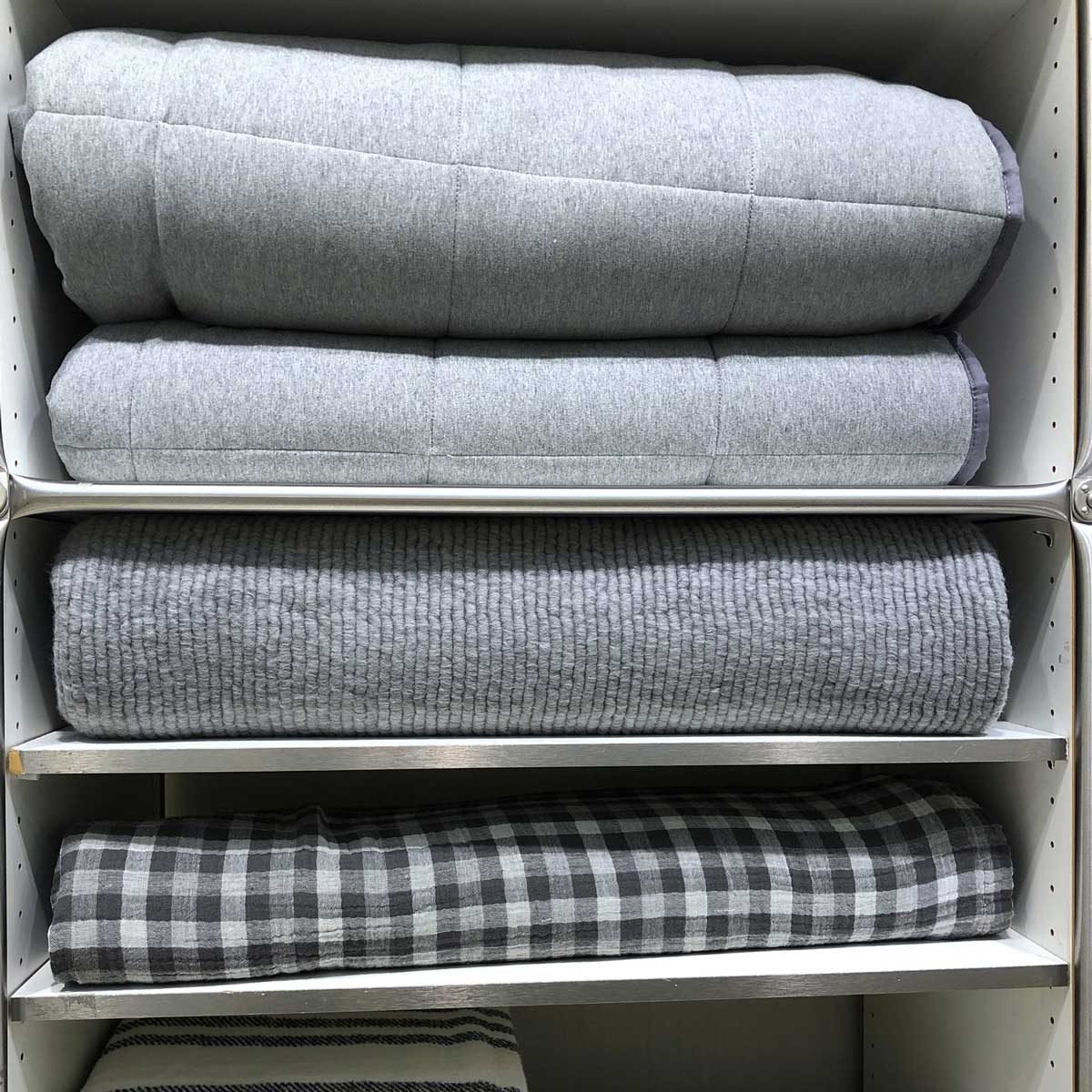
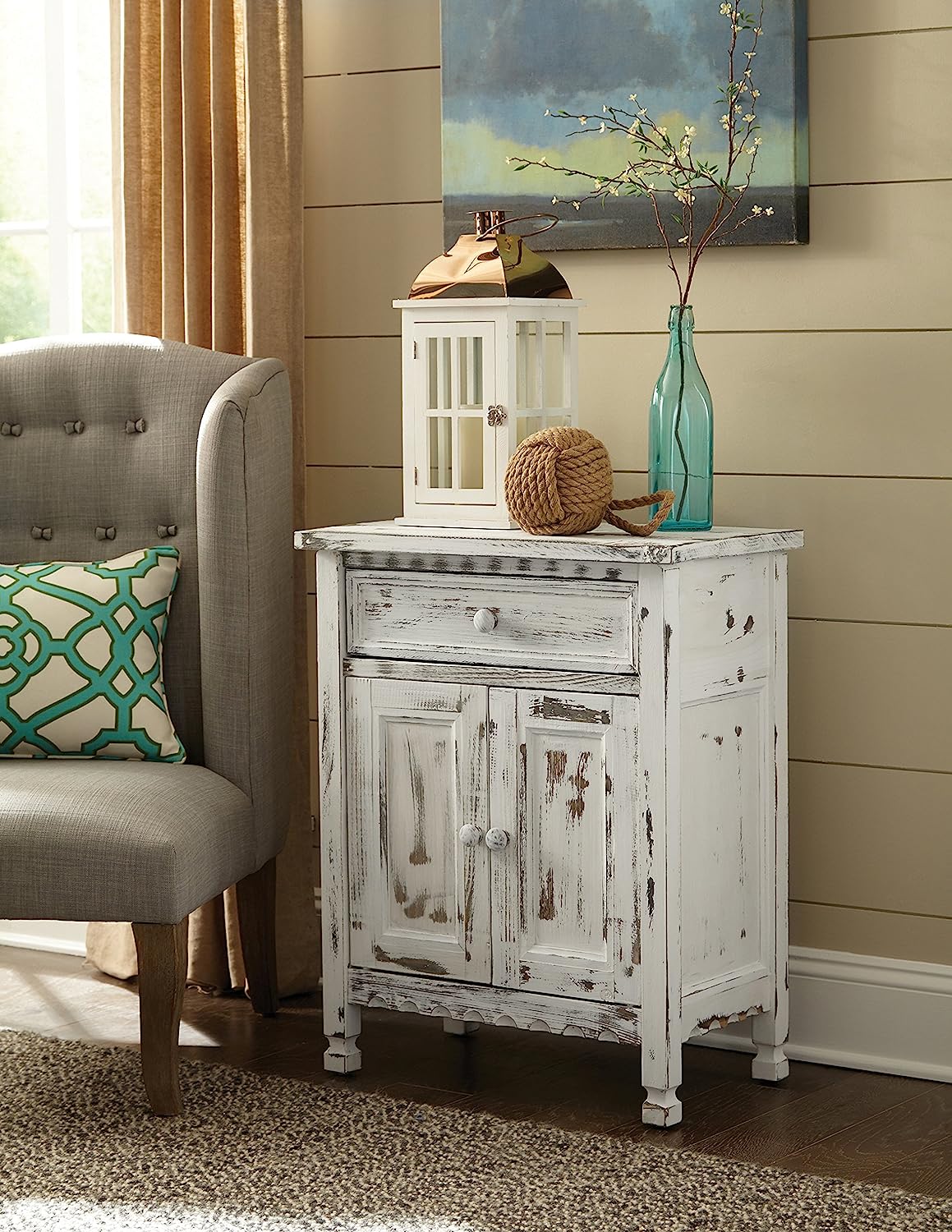




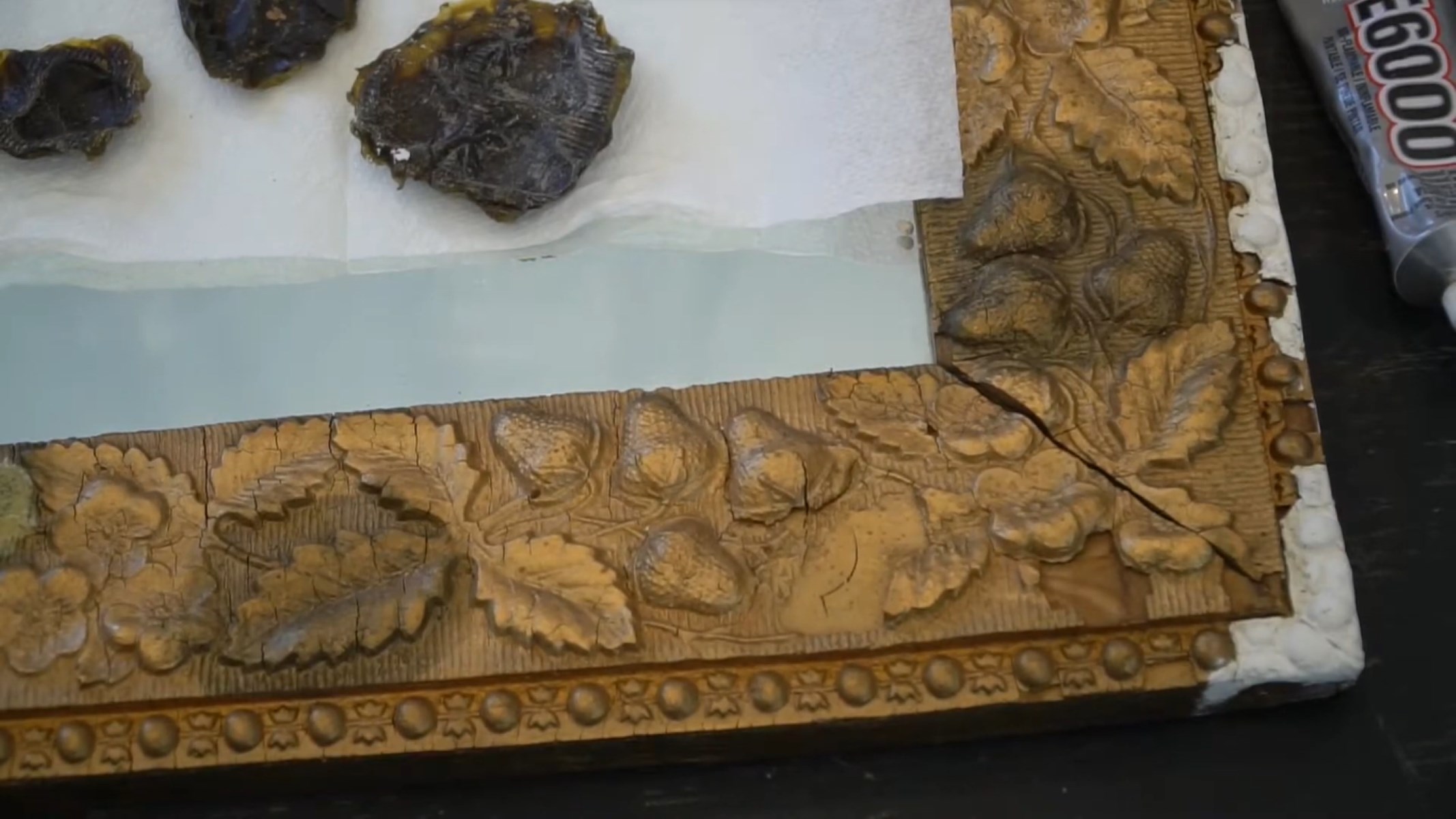

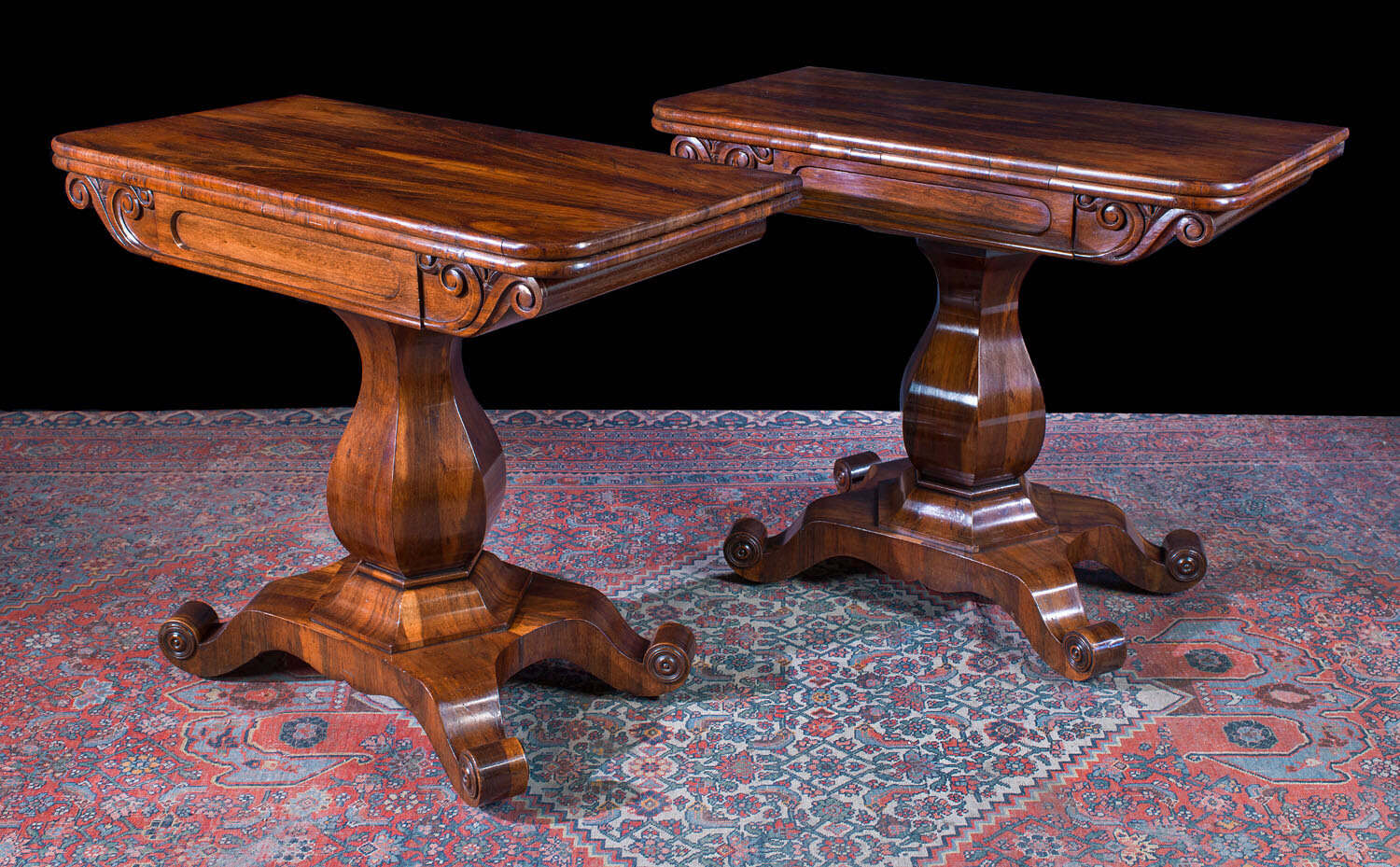

0 thoughts on “How To Store Antique Quilts”